
US Navy helicopter squadrons HSM-51 and HSC-12 based out Atsugi, Japan completed antisubmarine warfare (ASW) training with the Japan Maritime Self-Defense Force (JMSDF) multi-purpose destroyer JS Izumo (DDH 183).
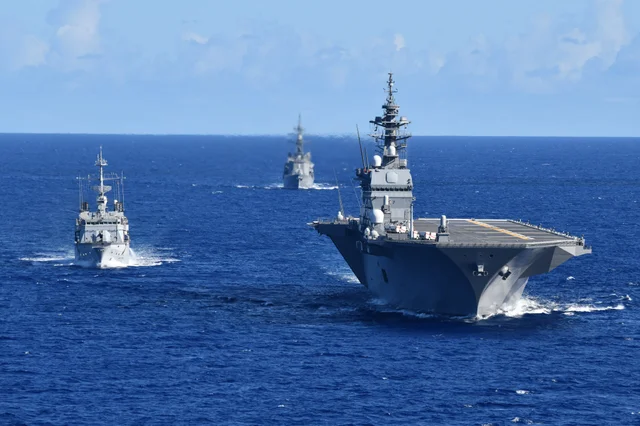
US Navy, December 15, 2022 – YOKOSUKA, JAPAN By Lt Katherine Serrano – Helicopter Maritime Strike Squadron (HSM) 51, assigned to Commander, Task Force (CTF) 70 and CTF 71 conducted bi-lateral anti-submarine warfare (ASW) training with the Japan Maritime Self-Defense Force (JMSDF) Dec. 6.
U.S Navy Sailors conducted numerous integrated ASW trainings with the JMSDF from Sept. 8-December 2022. The trainings involved familiarization with Trident Research’s Secure Autonomous Datalink for Undersea warfare Portable Range (SADL-UP) and Naval Undersea warfare Detachment Pacific’s Visual Interactive System for Training and Analysis (VISTA) ASW reconstruction and analysis. These two efforts directly support regional leadership’s Western Pacific training support vision to train anytime, anywhere while simultaneously allowing forces to buy back Operational Availability.
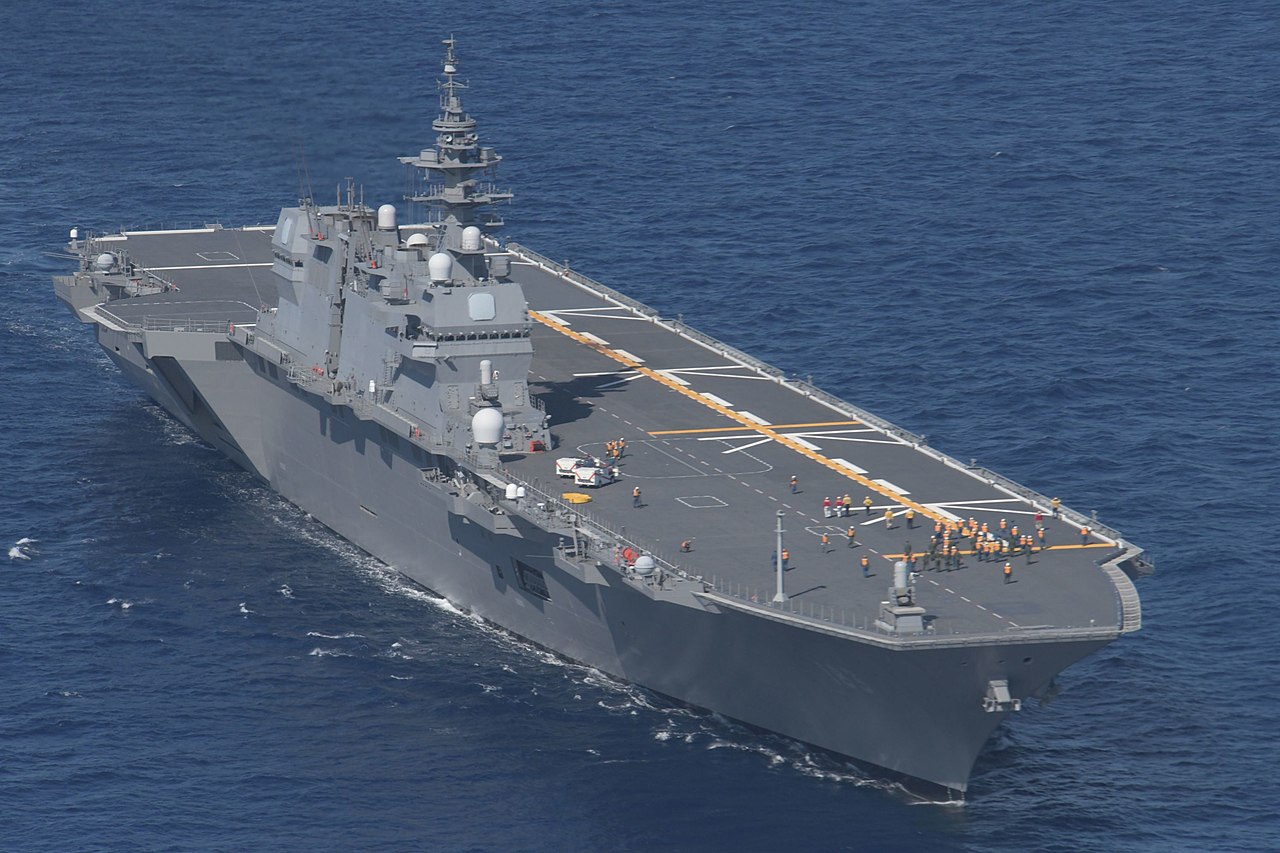
“Whether we conduct exercises at sea, operate as a combined force, or conduct integrated training from various domains, our maritime cooperation continues to get stronger,” said Capt. Walter Mainor, commander, Task Force 71/Destroyer Squadron (DESRON) 15. “The SADL-UP training alongside our JMSDF peers adds to the Navy’s surface warfare, anti-submarine warfare, and maritime patrol reconnaissance aircraft (MPRA) readiness and capabilities. Professional engagement with Allies and partners in the region allows us the opportunity to build upon our existing, strong relationships and learn from each other.”
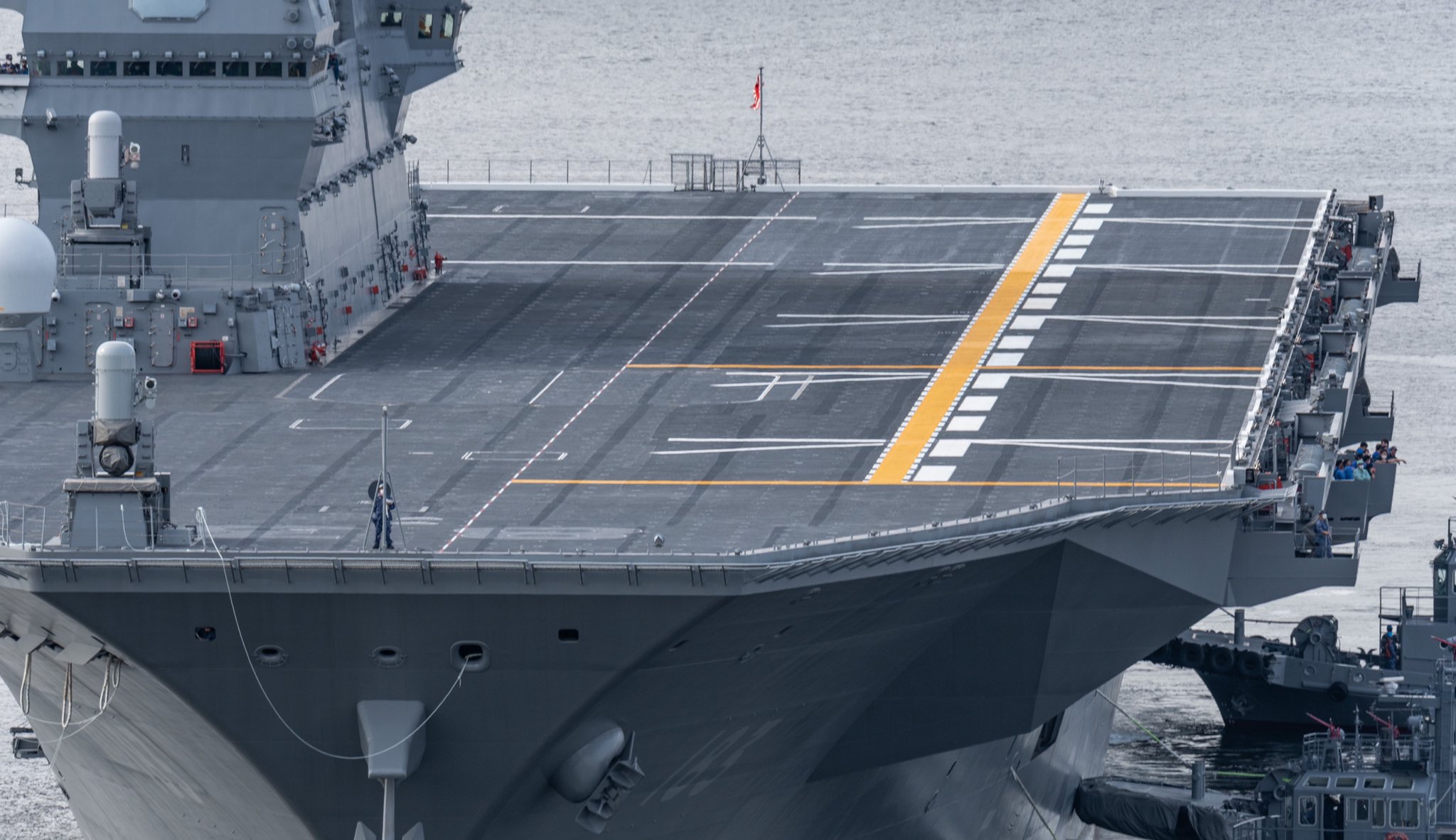
JMSDF multi-purpose destroyer JS Izumo (DDH 183), HSM-51, along with Patrol and Reconnaissance Squadron (VP) 45, CTF 71 and CTF 72 conducted the bi-lateral integrated ASW training and coordinated transfer of fuel, ordinance and personnel underway. This U.S 7th Fleet, Pacific Fleet and Indo-Pacific Command sponsored event demonstrates the commitment of the U.S and Japan to share information together at sea and developing our Naval capabilities for a free and open Indo-Pacific.
The partnership between the JMSDF and the U.S Navy seeks to advance transparency, the rule-of-law, freedom of navigation and overflight, and other principles that underpin security and prosperity for the Indo-Pacific region.
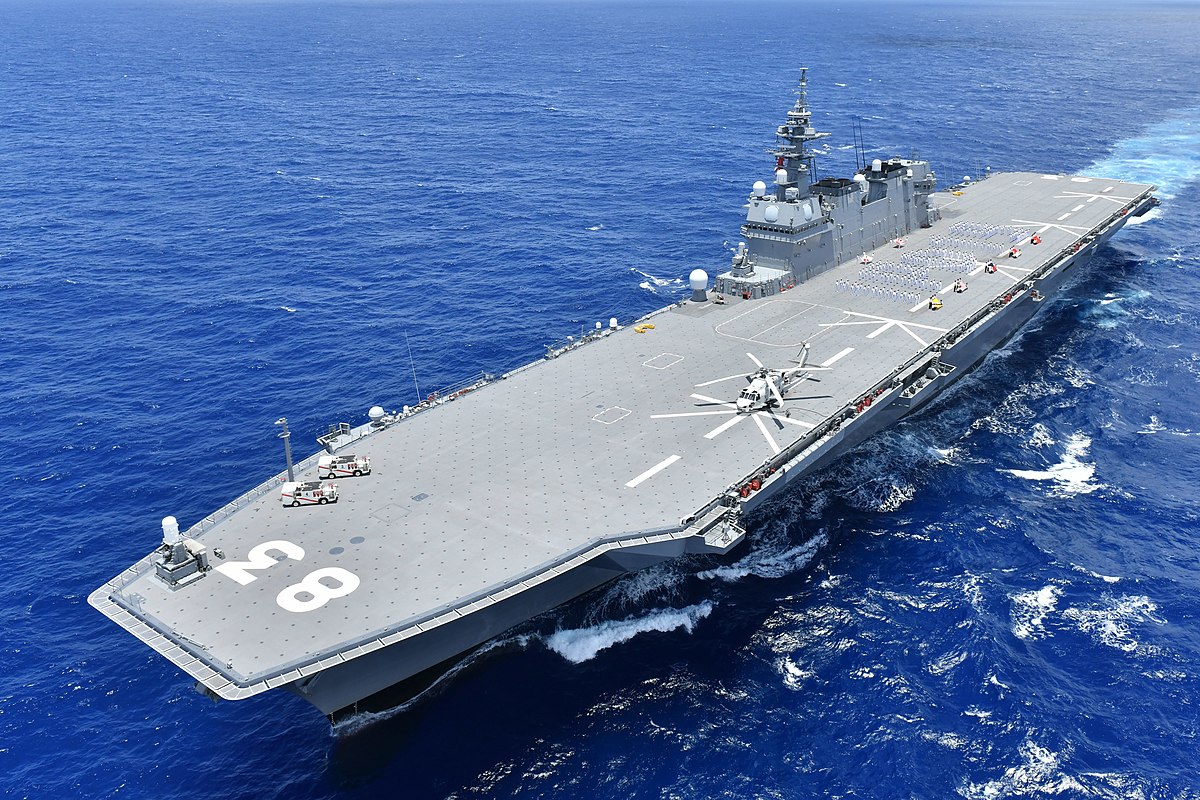
“The exercise was a tactical exercise in which destroyers and U.S and Japanese patrol aircraft jointly and cooperatively searched for, detected, and tracked actual submarines to improve its tactical capabilities in anti-submarine warfare and interoperability with the U.S Navy,” said JS Izumo Commanding Officer Capt. KOJO Hisanori.
This training provides advance readiness training for helicopter squadrons with Helicopter Maritime Weapons School Instructor support.
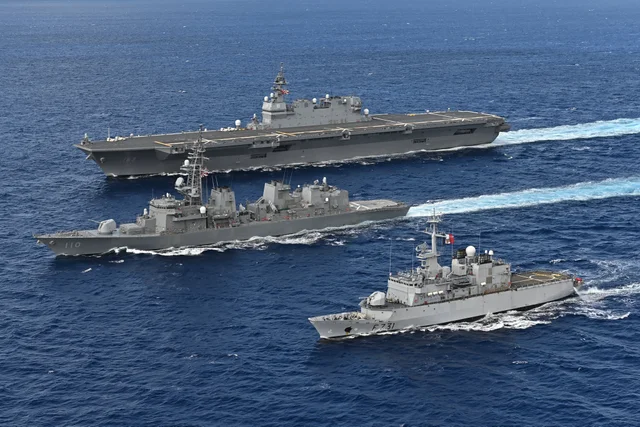
“This bilateral event served as both a joint ASW exercise and a testing evolution for a portable range we hope to have permanently installed in the area,” said Lt. Cmdr. Michael Hatch, training department head for HSM-51. “U.S Navy and JMSDF integration, specifically ASW is a primary focus of the Warlords [HSM-51 mascot]. We were able to take several steps forward in both mission planning and execution over the last six months, culminating in the massive effort that took place on Dec.6. The portable range will enable the forward-deployed naval forces, HSM and MPRA to become more self-sufficient in both deployment readiness generations and developing tactical proficiency. I am excited for the future here in the 7th Fleet area of operations.”
HSM-51 is forward-deployed to Naval Air Facility Atsugi and embarks aboard multiple ships in the 7th Fleet area of operations.
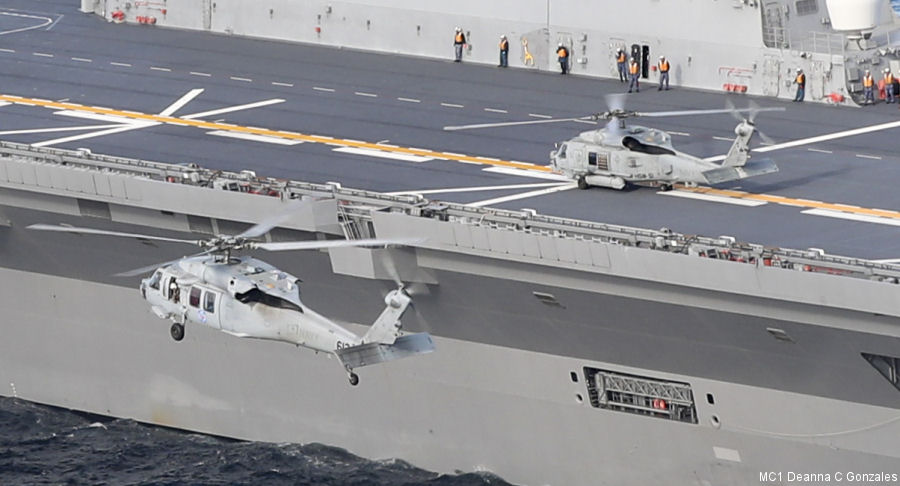
CTF 71/DESRON 15 is the Navy’s largest forward-deployed DESRON and the U.S 7th Fleet’s principle Surface Force.
U.S 7th Fleet conducts forward-deployed naval operations in support of U.S national interests in the Indo-Pacific area of operations. As the U.S Navy’s largest numbered fleet, 7th Fleet interacts with 35 other maritime nations to build partnerships that foster maritime security, promote stability, and prevent conflict.
BY:https://www.helis.com/





